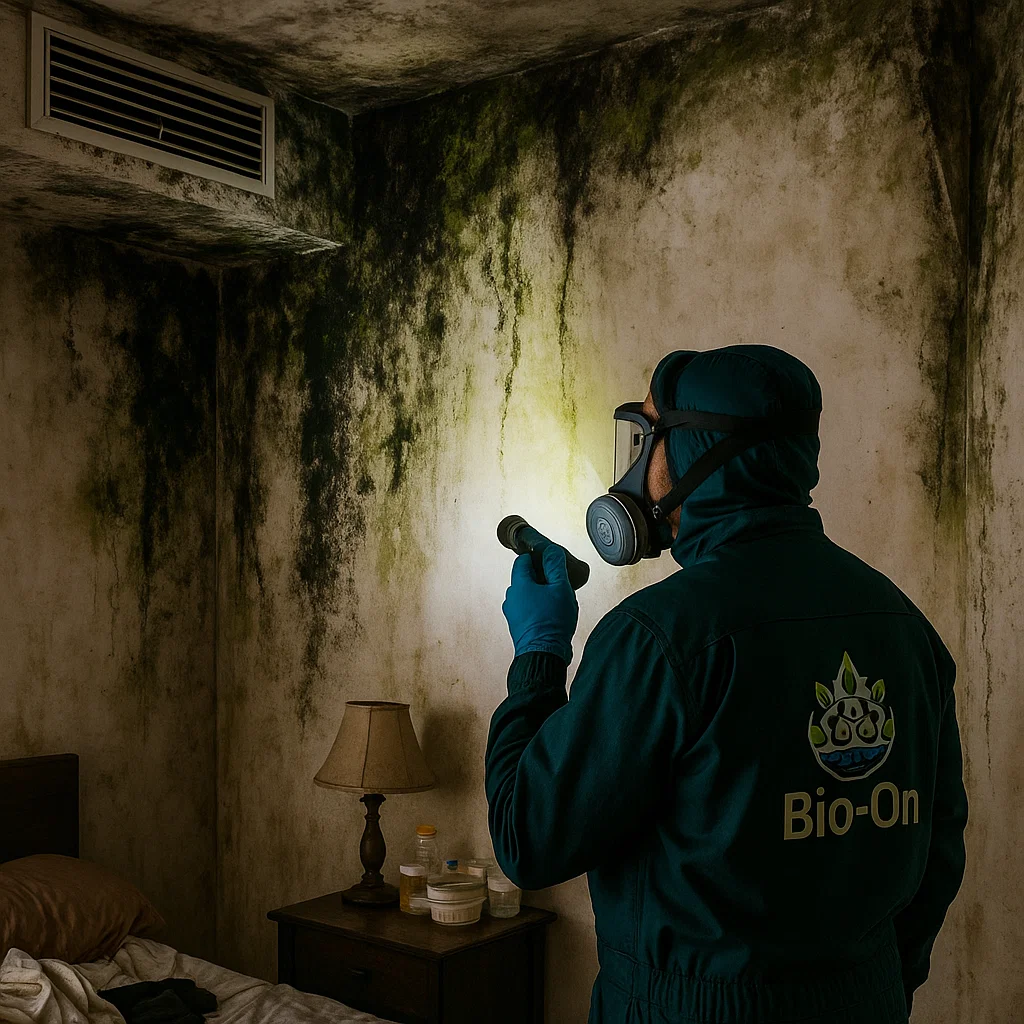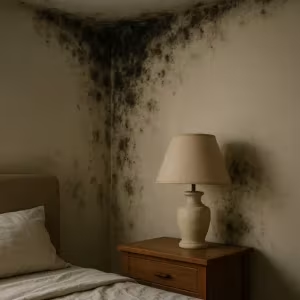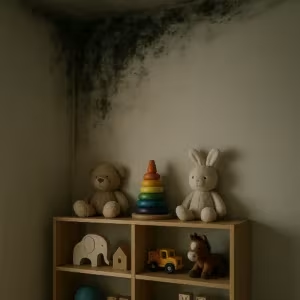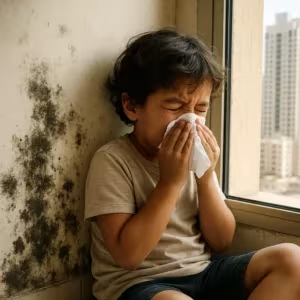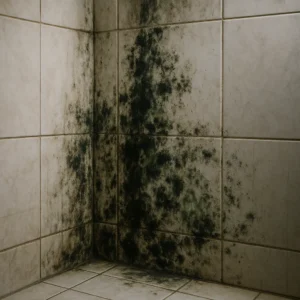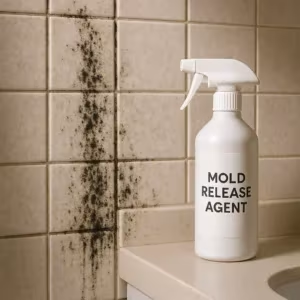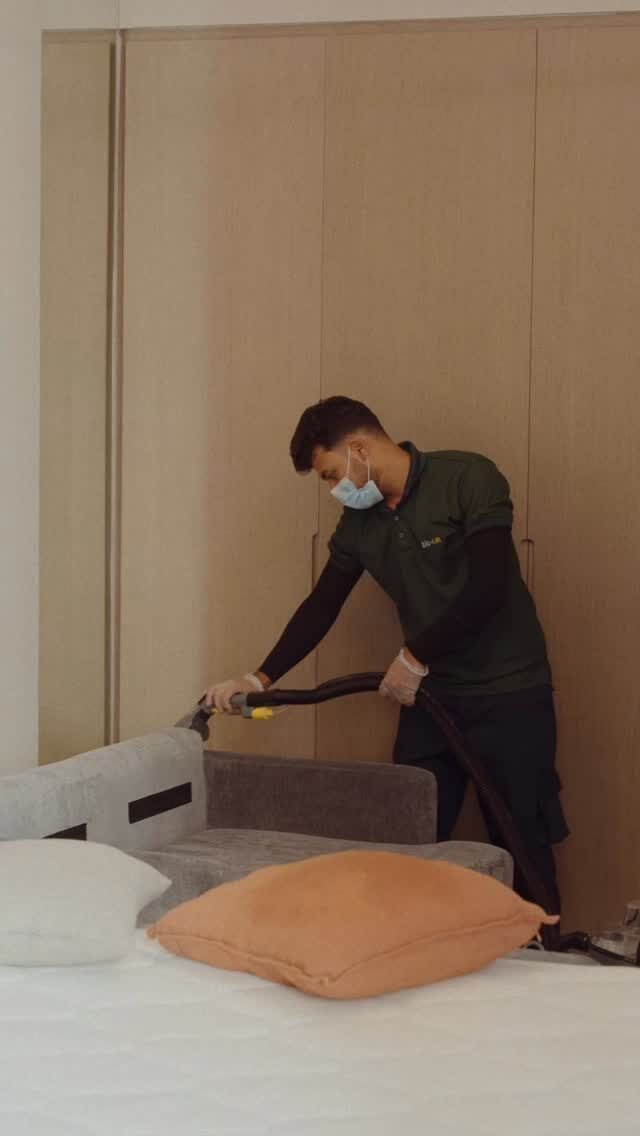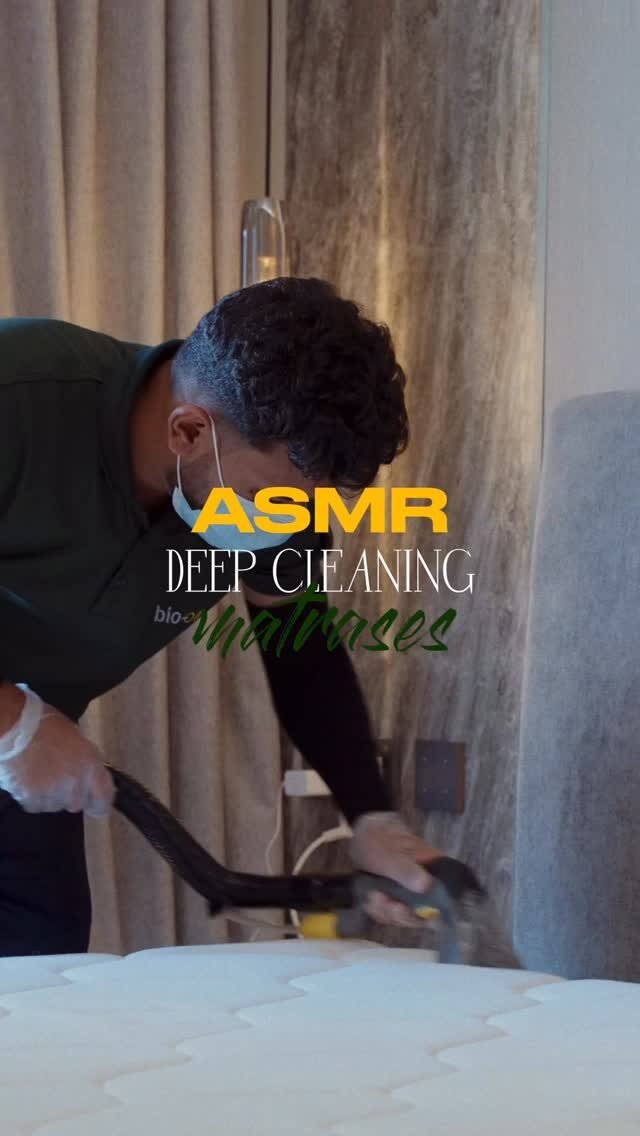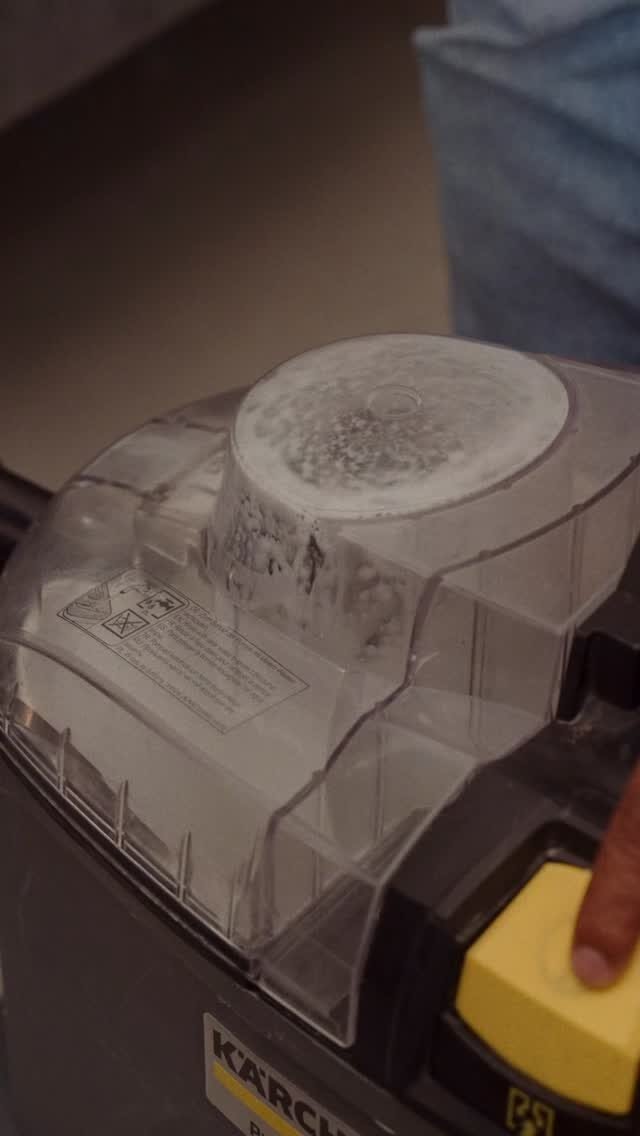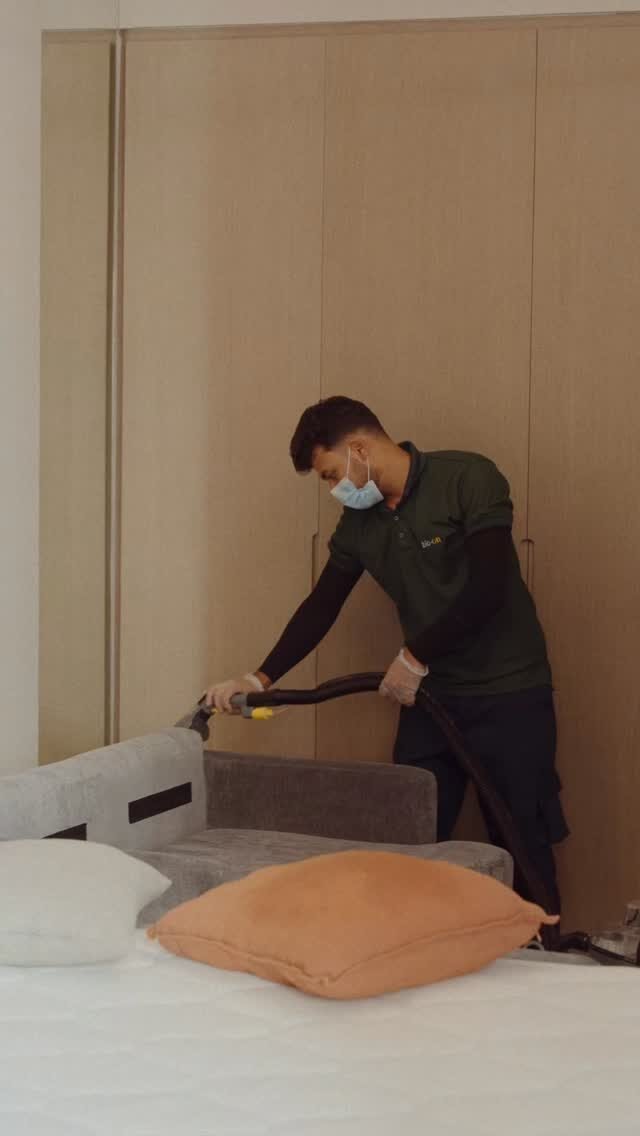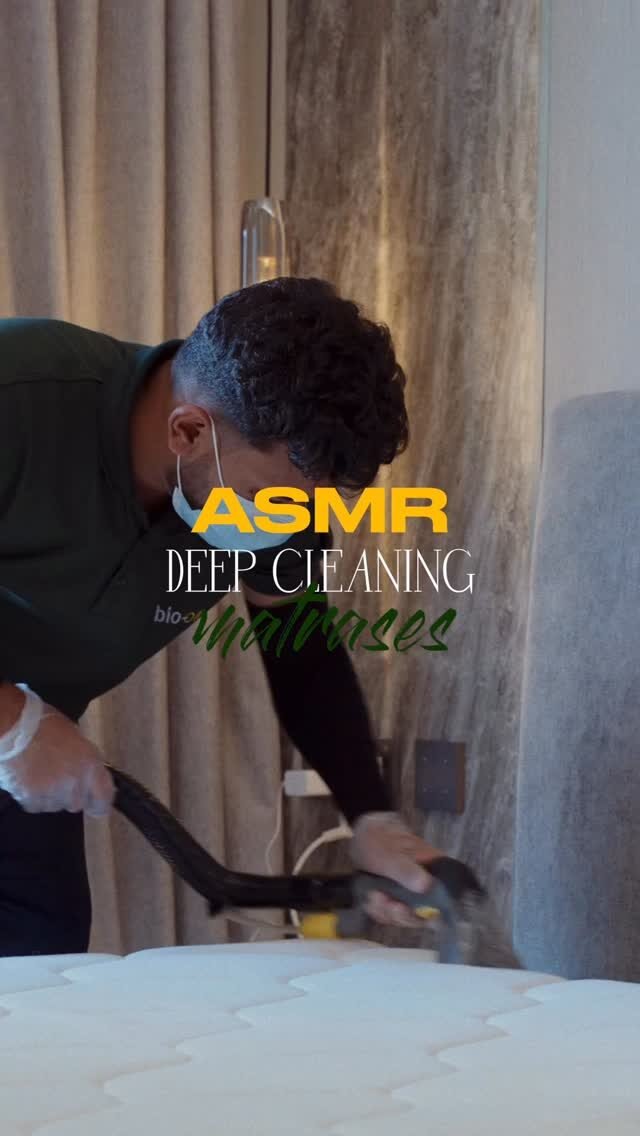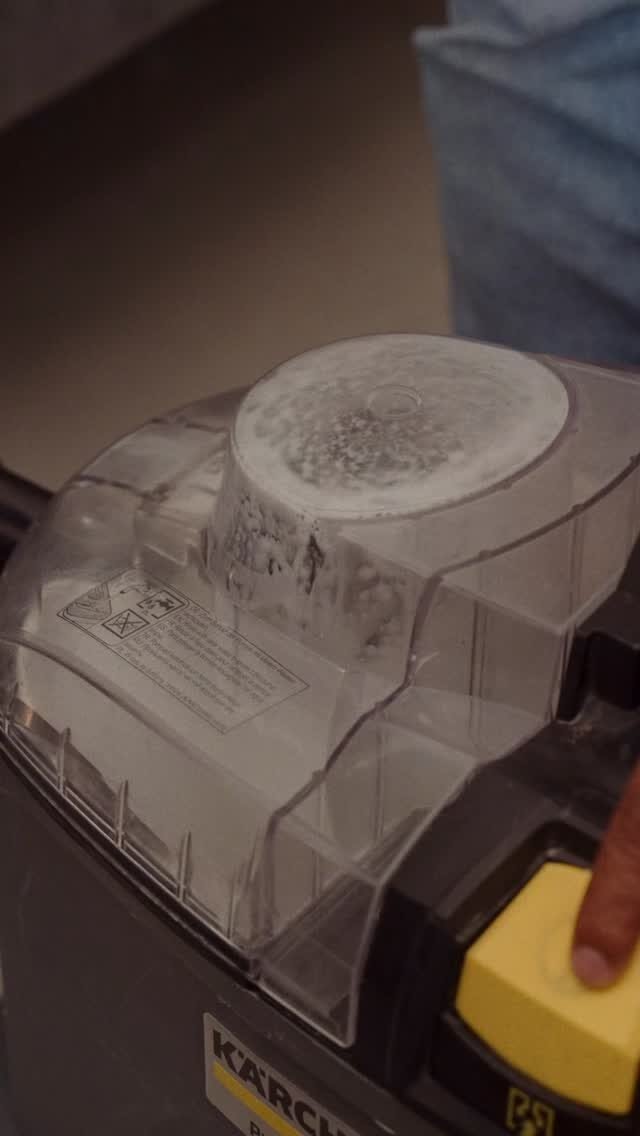Fungus on the wall is more than just an ugly stain—it’s a warning sign that your indoor air quality and building health may be at risk. Especially in the UAE, where temperature-controlled environments and poor ventilation can easily trap humidity, wall fungus is a common but dangerous problem. It doesn’t just affect aesthetics—it can impact your health, damage your property, and lower its value.
We’ve seen it all: black spots creeping along bedroom corners, green patches behind curtains, white powdery fuzz on concrete walls, and dark stains spreading silently behind closets. If you spot any of these in your home or office, don’t ignore it. The problem rarely stays small.
Table of Contents
Toggle1. What Causes Fungus on Walls in UAE Homes?
Fungus thrives in moisture. It only needs a little bit of water, oxygen, and an organic surface to grow. In Dubai and across the UAE, the most common sources of that moisture include:
- AC condensation: Cold air from your AC can create water droplets on walls or behind furniture.
- Leaky pipes: Even a slow drip inside the wall can feed a serious fungal colony over time.
- Poor ventilation: Bathrooms, kitchens, and storage rooms without airflow trap humidity.
- Flooding or cleaning water: Water that isn’t dried properly after cleaning can lead to growth within 48 hours.
Once a wall becomes slightly damp, fungi can start growing inside the surface material—plaster, drywall, or wallpaper. And because many homes and flats in the UAE are tightly sealed for cooling efficiency, moisture often can’t escape easily. That’s why fungus on walls is a recurring issue here, even in well-maintained apartments.
2. How to Tell If It’s Fungus or Just Dirt?
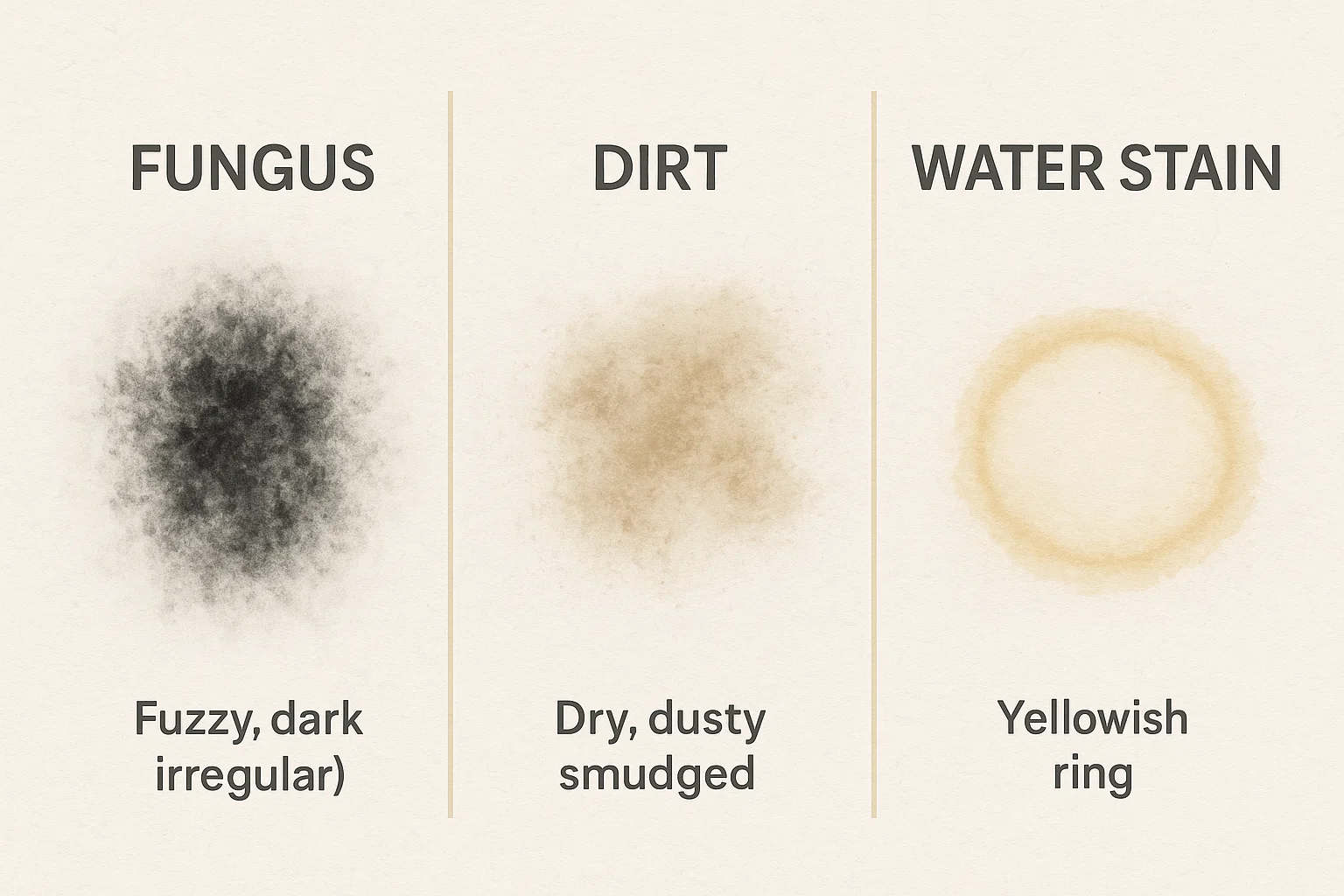
Not all wall discoloration is mold or fungus. Sometimes it’s just dust, smoke stains, or water marks. But how can you tell the difference?
Here’s what fungal growth typically looks like:
- Color: Fungi can be black, green, gray, white, or even orange. The color often darkens over time.
- Texture: May appear fuzzy, slimy, or dry and flaky.
- Smell: A musty or earthy odor usually indicates fungal spores in the air.
- Spread pattern: Fungi spread outward from a central point, sometimes in rings or random spots.
If you rub it with a cloth and it smears or grows back after cleaning, it’s likely biological growth. If in doubt, Bio-On can conduct lab testing or moisture readings to confirm the presence of mold or fungus.
3. Is It Dangerous to Leave Fungus on the Wall?
Yes. Fungus is not just cosmetic. It produces microscopic spores that float through the air and can cause health problems, especially for children, the elderly, or anyone with respiratory conditions.
Possible effects include:
- Allergic reactions: Sneezing, coughing, itchy eyes, and runny nose.
- Asthma flare-ups: Mold spores are known triggers for asthma attacks.
- Chronic fatigue: Long-term exposure to indoor mold can lead to persistent tiredness and headaches.
- Skin rashes: Contact with some types of fungus can irritate the skin.
For healthy adults, the danger might be slow and subtle. But for infants, seniors, or people with compromised immunity, the risks are much higher. That’s why it’s crucial to take fungal wall problems seriously—even if the patch looks small.
4. How to Remove Wall Fungus Permanently
There are two steps: treating the symptoms and eliminating the cause. Scrubbing with vinegar or bleach may remove the visible fungus temporarily, but it usually returns because the moisture source is still present.
To remove it permanently:
- Identify the moisture source: This could be a hidden leak, high humidity, or even structural seepage. Thermal imaging or humidity meters may be needed.
- Remove contaminated material: If the wallboard or paint layer is compromised, it may need to be cut out and replaced.
- Disinfect the surface: Use professional-grade fungicides that kill spores and prevent regrowth.
- Improve airflow: Add exhaust fans, dehumidifiers, or even simple ventilation holes to help air circulation.
- Repaint with mold-resistant paint: Once dry, repainting with anti-microbial paints helps prevent recurrence.
At Bio-On, we start with a no-obligation inspection to assess the severity. From there, our team can offer a full mold remediation plan customized for your property size and wall material. You can click the contact button on the right-middle of this post to get started.
5. Can I Clean It Myself or Do I Need a Professional?
If the fungal patch is small (less than the size of an A4 paper), and you’re sure there’s no deeper moisture problem, you can attempt a DIY cleanup using vinegar or hydrogen peroxide. Always wear gloves and a mask.
But if any of the following apply, it’s time to call a professional:
- The patch is larger than 1 square meter
- The fungus keeps coming back after cleaning
- The wall smells musty all the time
- There’s visible paint bubbling or softness in the wall
- There are signs of health symptoms in the household
Our mold remediation pricing at Bio-On starts from AED 35/sq.m. and includes deep cleaning, moisture treatment, and optional testing like air quality analysis. For large jobs, we offer free inspections across all Emirates.
Conclusion
Fungus on the wall might seem like a simple stain, but it’s often a sign of a deeper problem that requires proper care. Whether it’s affecting your home’s appearance, your indoor air quality, or your family’s health, it’s always worth investigating sooner rather than later.
We understand how frustrating recurring wall fungus can be in a climate like the UAE’s, but with the right treatment and prevention steps, you can stop it for good. Don’t let it grow silently—click the contact button on the right-middle of this post and let us take care of it the right way.







